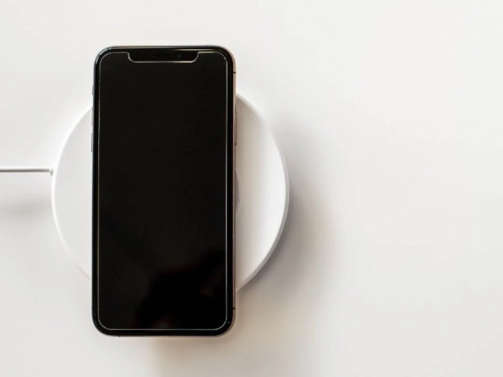
While the popularity of wireless devices has multiplied, so too have extension cords, wires and chargers around the home and office. Ultimate mobility has remained elusive, creating a demand among consumers to eliminate “the last wire.”
As a result, wireless charging options are rapidly emerging, and wireless power interoperability across rechargeable electronic devices will be expected.
“Underwriters Laboratories understands the market need for wireless charging options, and is making sure safety stays a primary focus as the technology becomes more commonplace,” said Carlos Correia, Vice President, UL High-Tech Division. “Our goal is to help manufacturers consider safety even before they begin the product development phase.”
Underwriters Laboratories is developing a first-edition standard for induction power transmitters and receivers for use with low-energy products. UL 2738 applies to induction power transmitters, such as wireless battery chargers, employing magnetic induction coils that transmit energy to receiving coils in low-energy devices, such as cell phones, portable media players and global positioning devices. The new requirements will not apply to these products powered by the induction transmitters or receivers.
The new proposed UL requirements for induction powered transmitters and receivers for use with low-energy products will apply to:
Induction power transmitters intended to be supplied by a branch circuit of 600 volts or less;
Induction receivers intended for use with specific induction power transmitters; and
Induction receivers intended for use with induction power transmitters conforming to industry accepted interoperability specifications.
Before becoming a standard, these requirements will undergo a comprehensive review process by a global Standards Technical Panel (STP), open to product manufacturers, supply chain personnel, government representatives, consumers, and those responsible for enforcing the requirements of codes or standards



